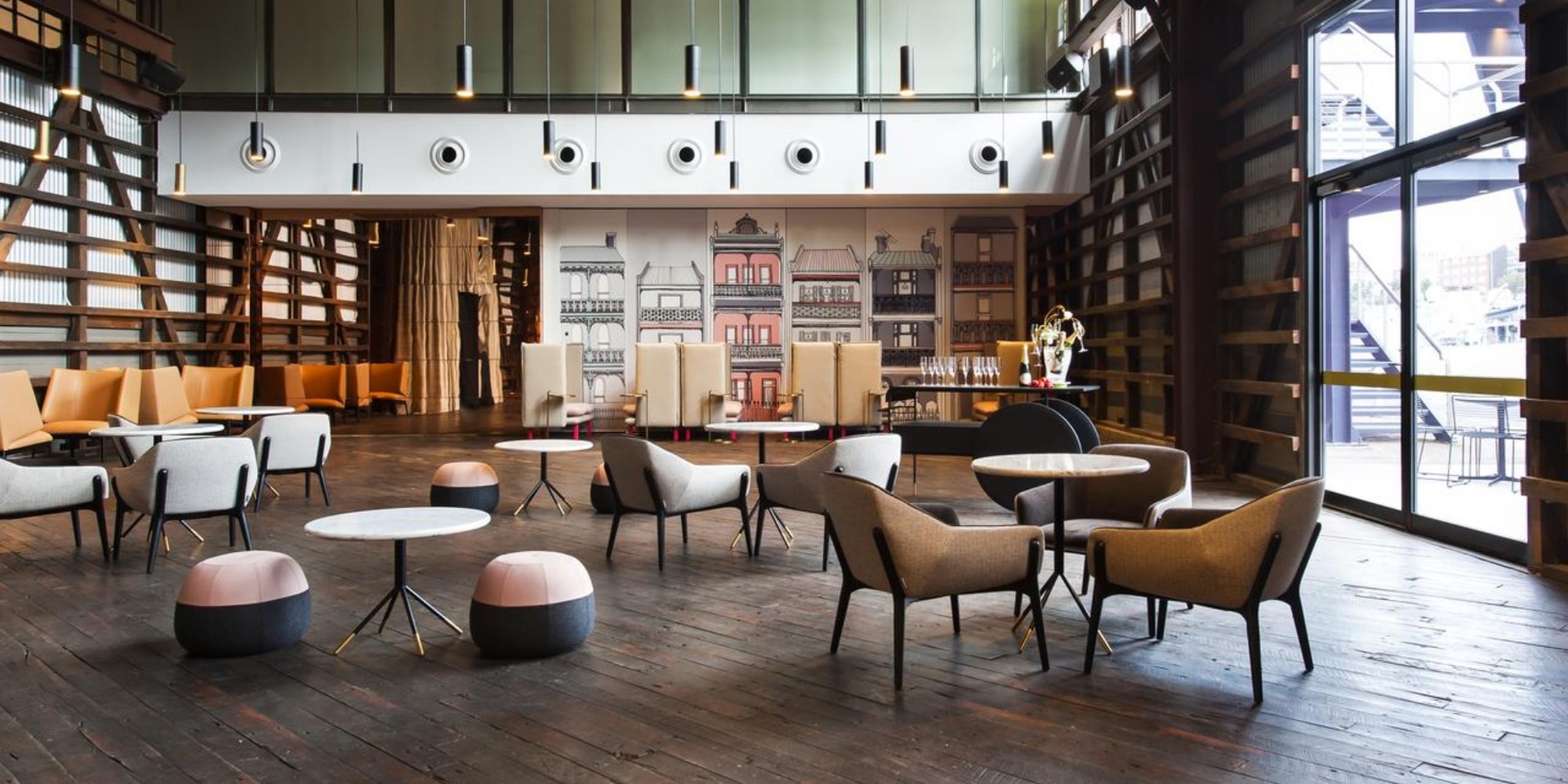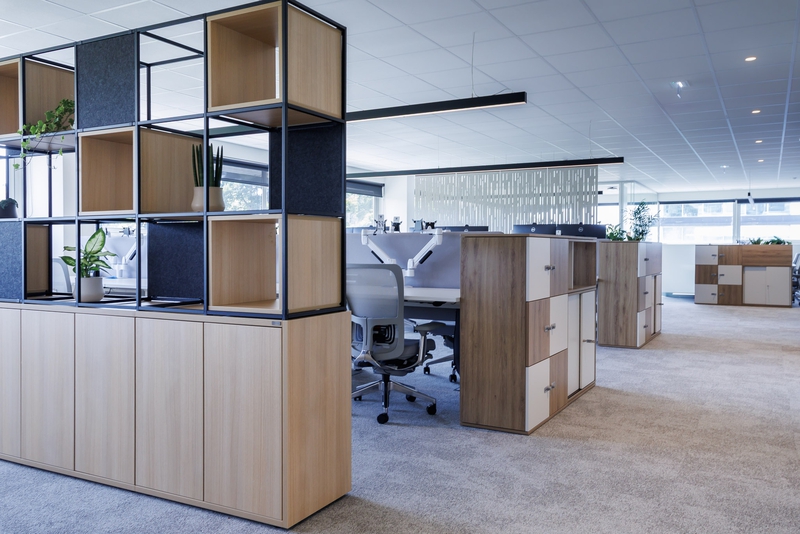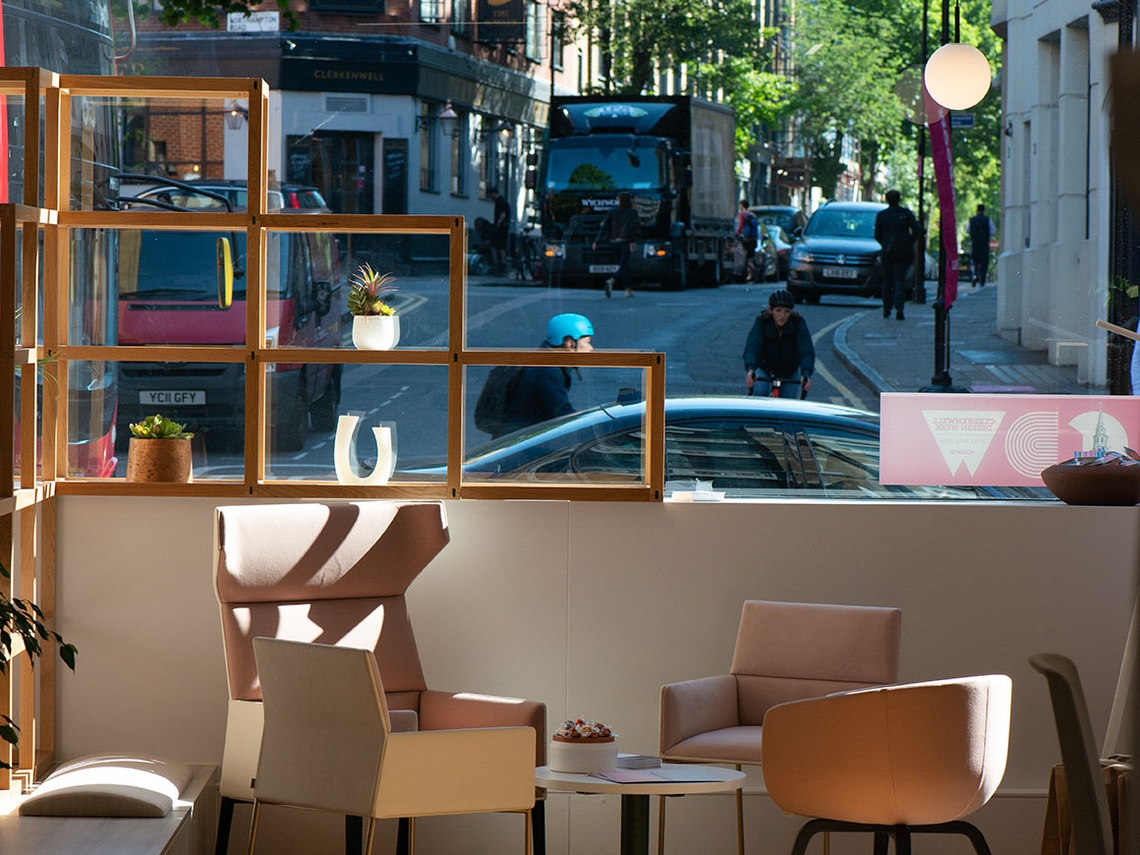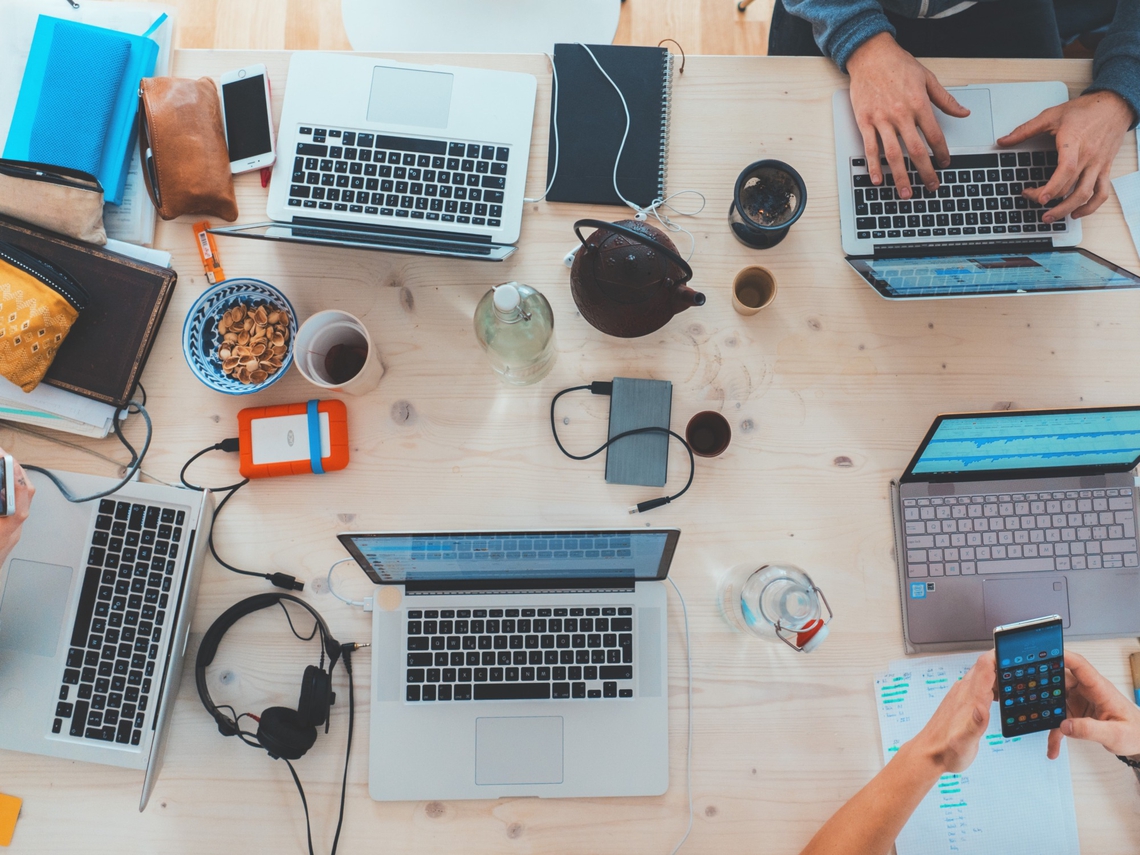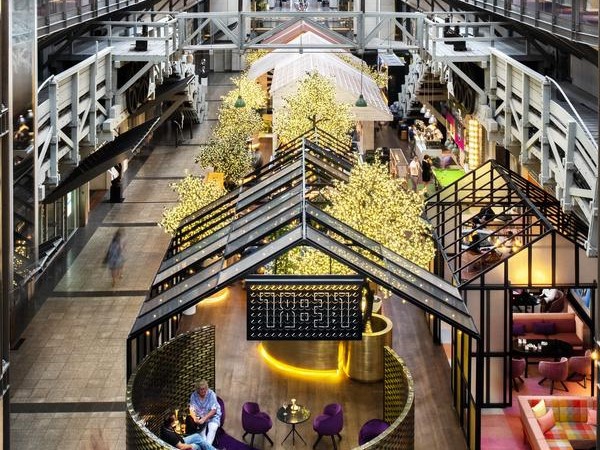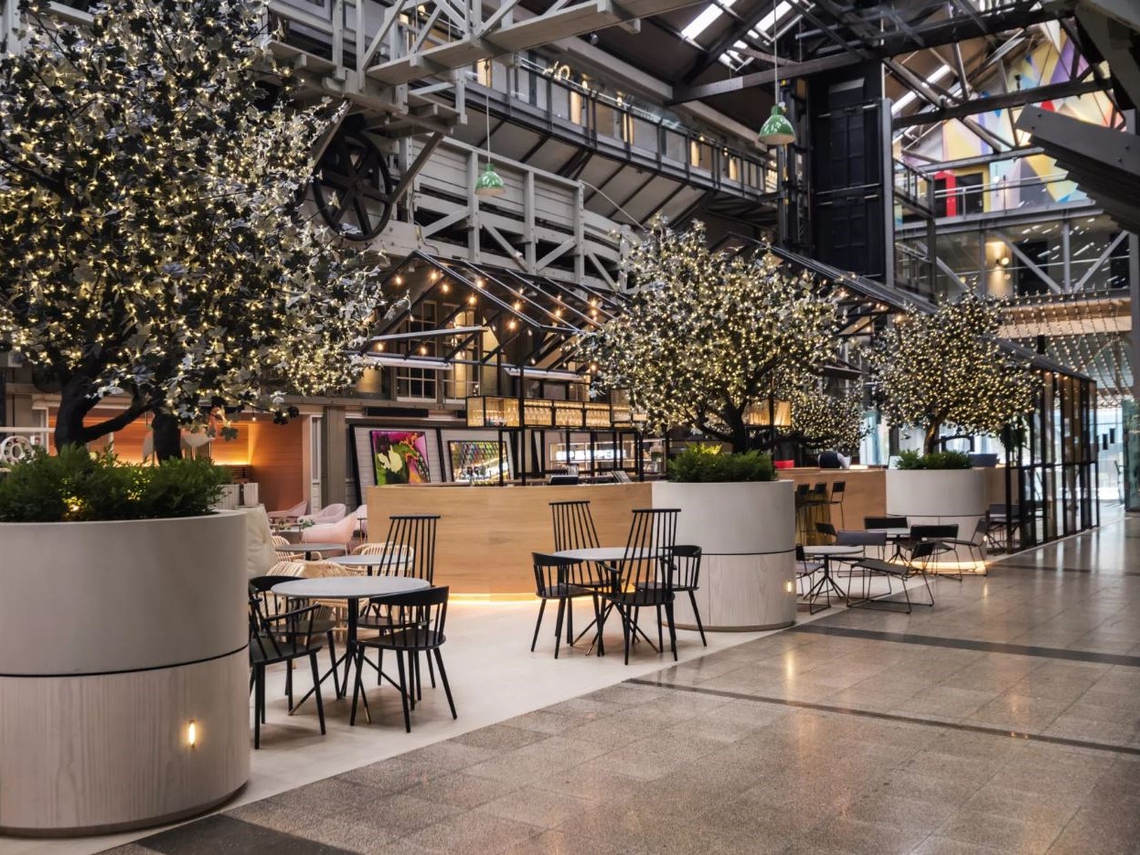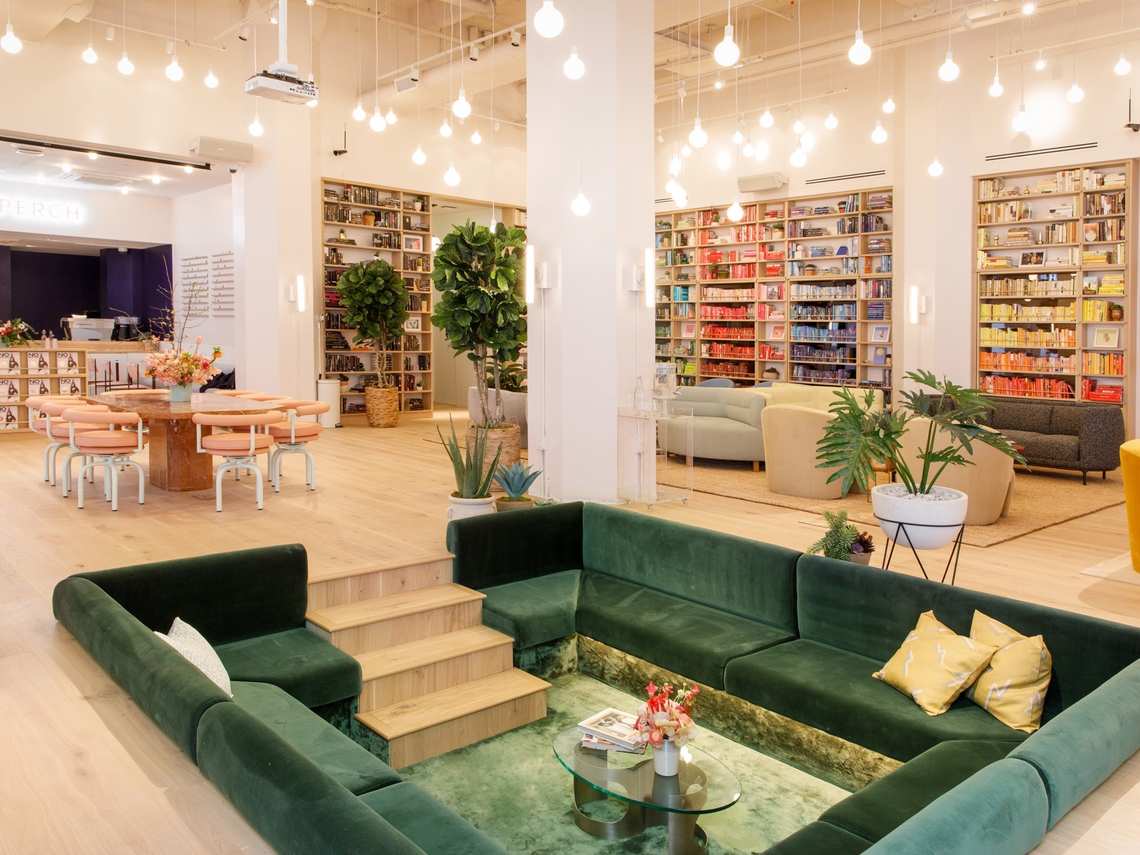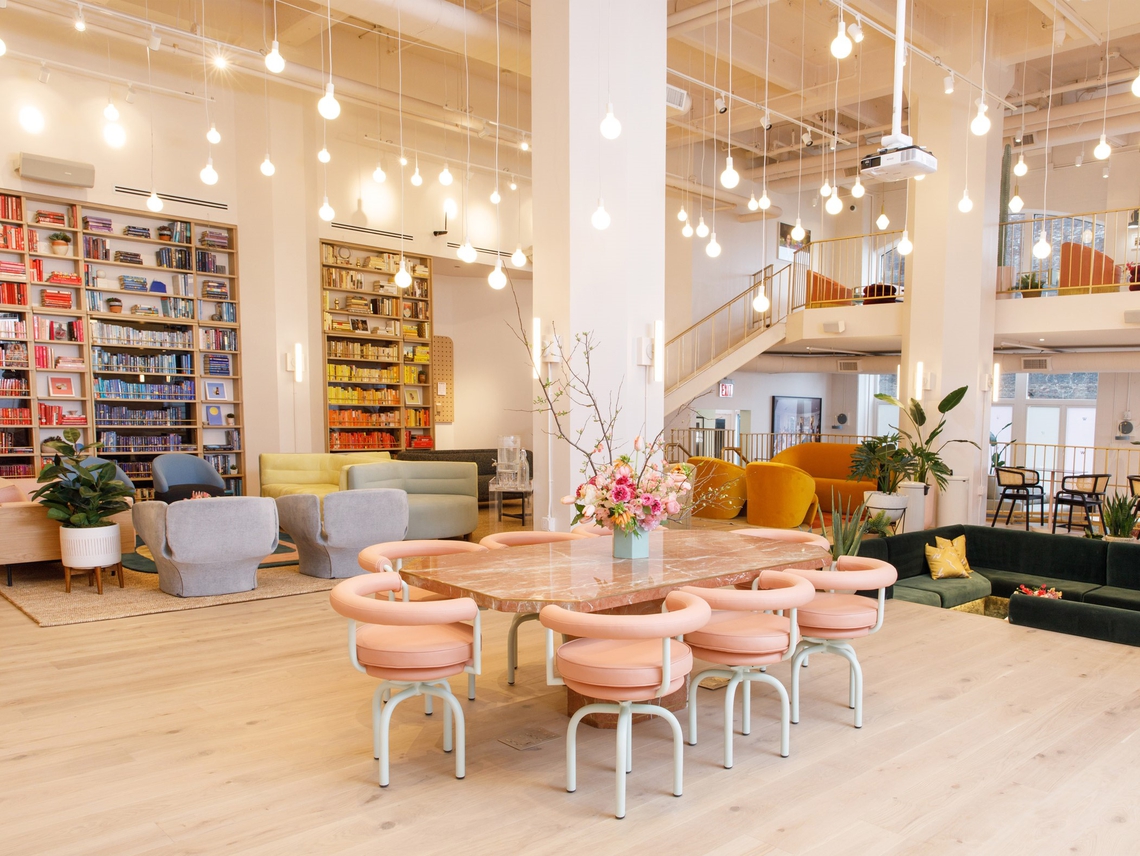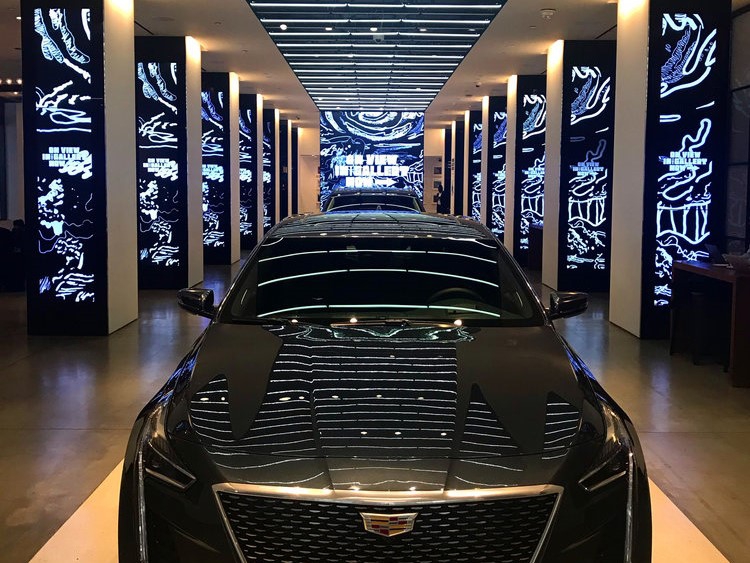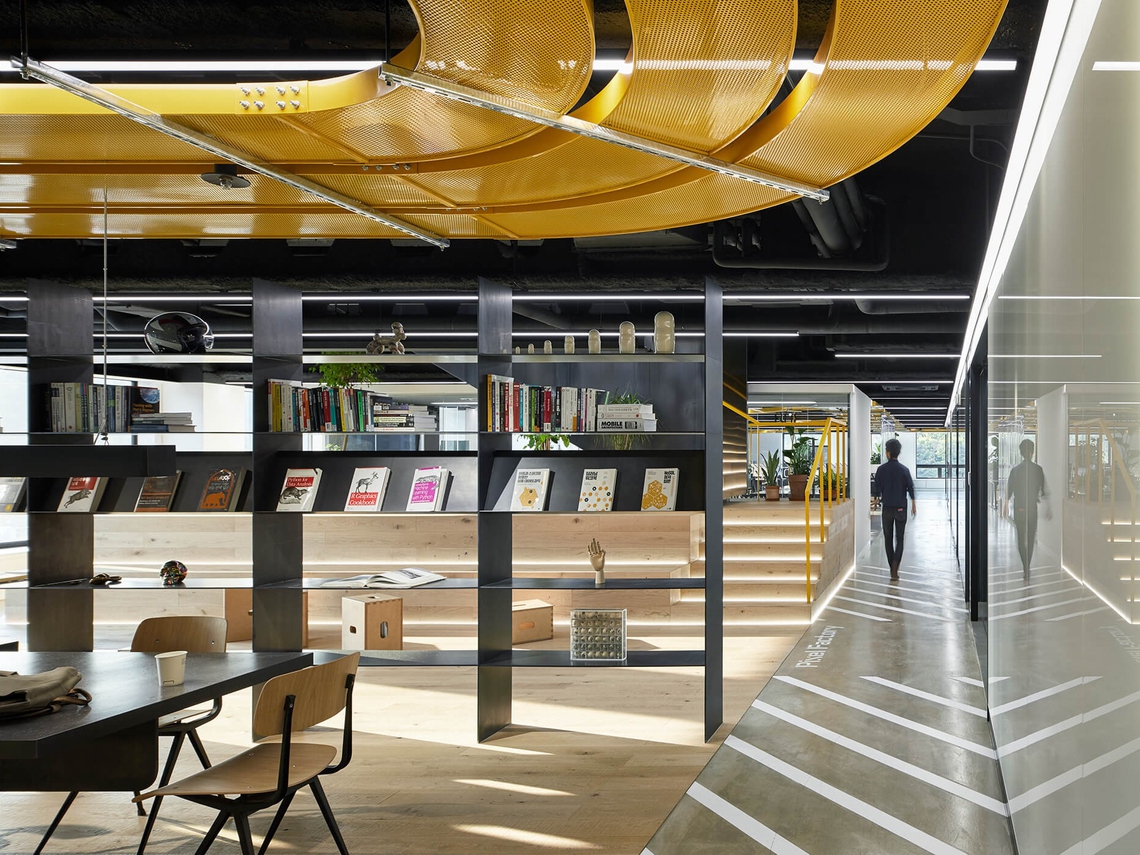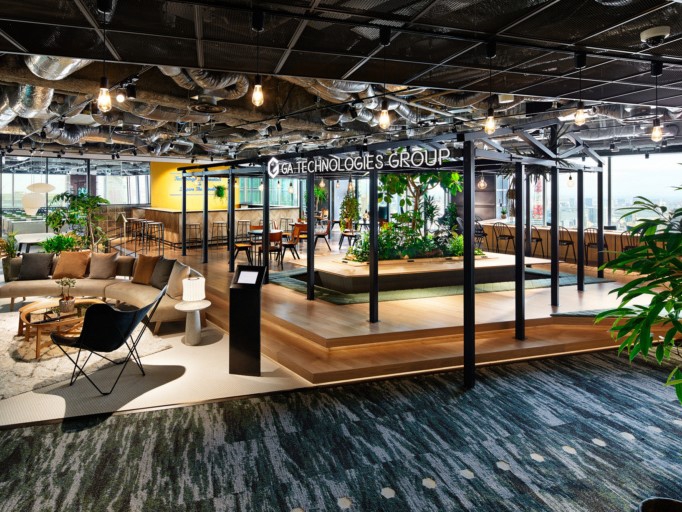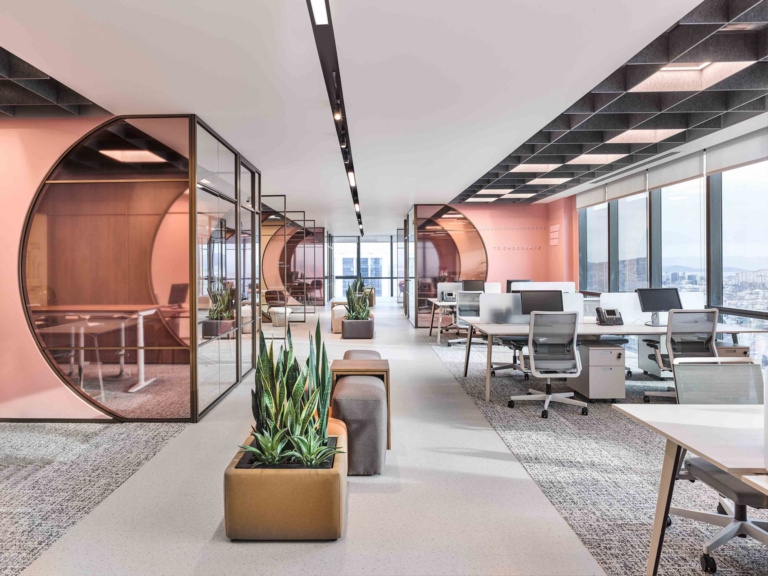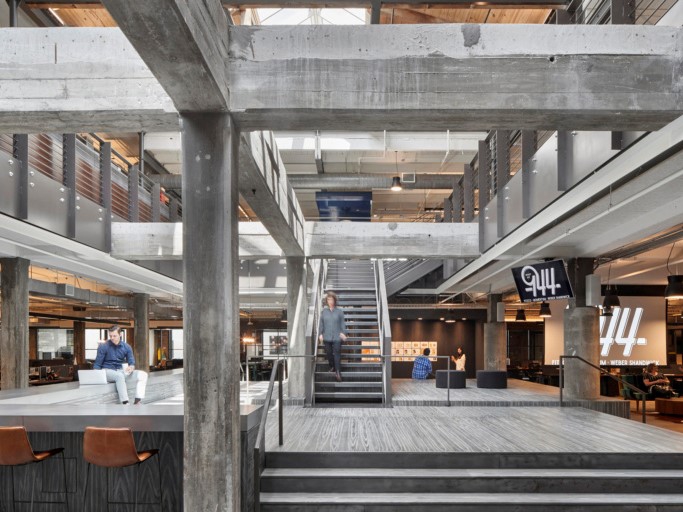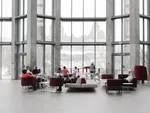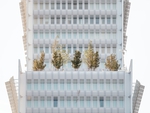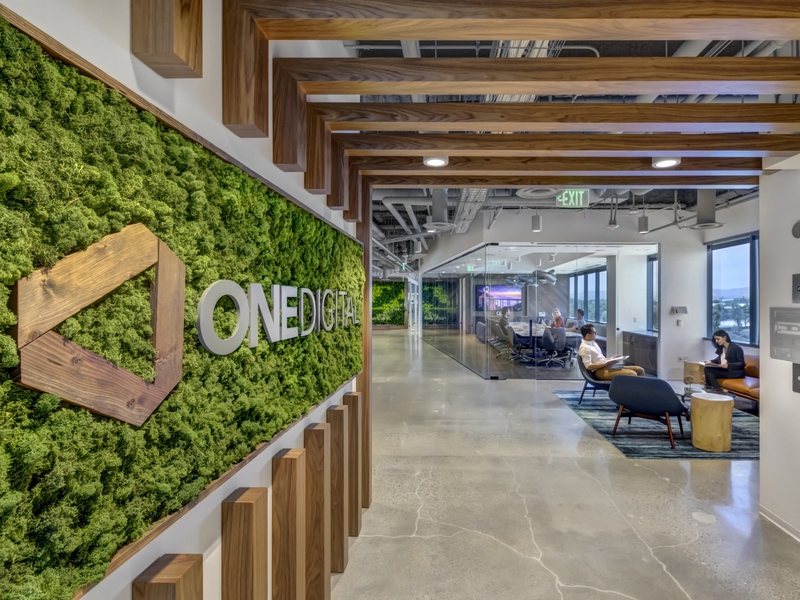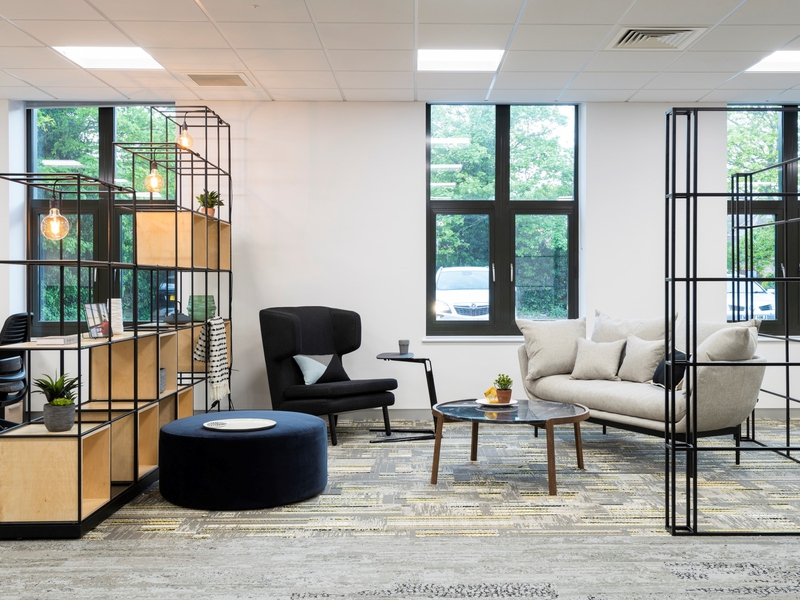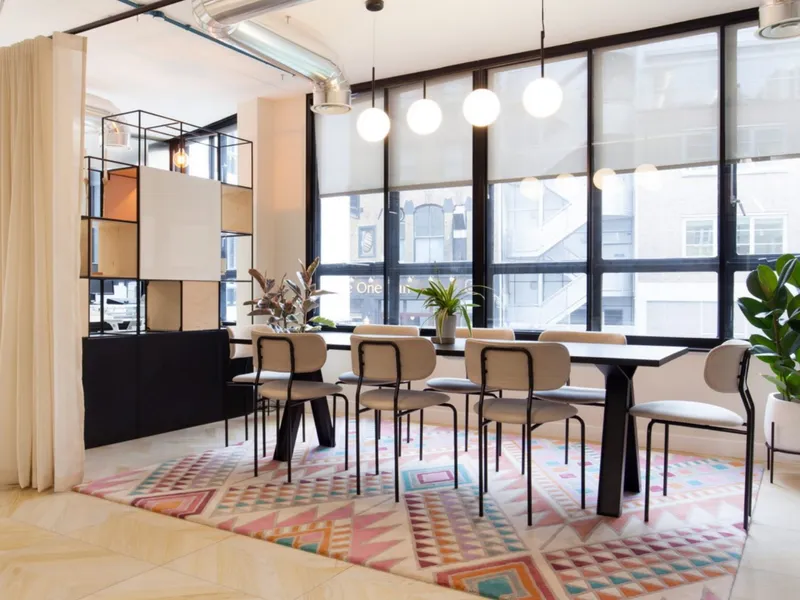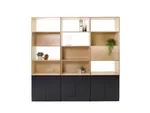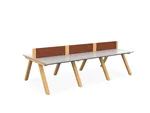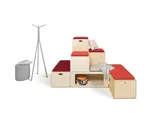19 Aug 2019
Industry Trends
In this blog we’ll be looking at the rise of multi-modal spaces. Single-use spaces are fast becoming obsolete. We’re moving from having to maintain a work-life balance to a constant work-life blur in which we’re always accessible, always on and multitasking has become the norm. Today’s most popular spaces are for living, working and playing around the clock: we take classes in stores and business meetings in coffee shops; we work in hotel lobbies and socialize in hotel bars afterwards; we keep on working at home, or even in the park if it’s sunny. Everywhere’s a multi-modal space now.

People are learning how to rearrange spaces and use them for many different purposes. Often this is facilitated by our phones, tablets and laptops; we can now work anywhere, anytime. Even our dating apps encourage us to network! But at the same time, we can be entertained anywhere, we can shop anywhere, we can even take a seat, close our eyes and listen to a favourite meditation app anywhere. A well-designed multi-modal space, whether it’s a physical building or a virtual app, is one that encourages us to dwell there for longer. This is generally done by helping us to create memorable moments; ones that we’ll want to recreate by returning again and again. But how should our new conception of space inform good interior design? Here are some examples of best practice from around the world.

The Hotel: Ovolo Woolloomooloo, Sydney
Today’s coolest hotels often revolve around large street-level spaces that are open to everybody and full of the buzz of creativity and metropolitan life. If you walk in during the day you’re likely to find creatives typing away at their laptops, startups hosting meetings with clients, and friends catching up over a cup of good coffee. If you return in the evening, you may well see the same people unwinding over a drink and doing some networking on the side; properly designed, these spaces encourage a very long dwell time.

Hassell recently redesigned Sydney’s five-star Ovolo Woolloomooloo hotel to be more multi-modal: its large, airy warehouse space is divided into more intimate zones by pavilions full of plants, while the reception now has its own little house-shaped pavilion. There are bar and café areas where visitors can do some work or just relax, plus buzzing restaurants and shops for when you want to spend some money; this is a hotel you need never leave.
The Coworking Club: The Wing, New York
Many of the best new office spaces are also drawing on influences from the world of hospitality. In its 2018 report on “The Future of the Workplace”, Future Laboratory described the rise the “Hospitality Workspace”; which is to say, a hybrid office space blending elements of the hotel, the gymnasium, the café and the restaurant. It’s a trend we’ve covered in more depth in our recent blog on the hospitality trend.
Today it’s hard to overestimate the influence of new members clubs like Soho House, and now their next-generation successors like The Wing, which was specifically designed with women in mind. According to its cofounder Audrey Gelman, the Wing is a “safe, affirming professional network”. It’s a space that she likens to a college library; a place that’s fun, social and inviting but also designed for hard work and success.
Its SoHo location features communal workspaces and conference rooms, phone booths, a quiet room, a lactation room for mothers, a kitchen, an outdoor space with a patio and more besides. The Wing is designed to be a home away from home, but also an office away from the office.

The Cultural Space: Cadillac House, New York
Cadillac House, also in SoHo, was designed by Gensler for the storied American automobile company as a place to showcase a whole new lifestyle. There’s a café serving fresh Joe’s Coffee, a lounge with design magazines to browse, a gallery curated by Visionaire magazine, and a retail space for pop-up shops curated in partnership with the Council of Fashion Designers of America; the central runway, usually used to show the latest Cadillacs, has even been used as a catwalk during New York Fashion Week. In the words of John Bricker, a partner and creative director at Gensler, “Cadillac House is called ‘House’ because it isn’t about a shop or a showroom, it’s a place for people to socialize as one would in a house.”

The Workplace: Hyundai Pixel Factory, Seoul
What about the workplace though? Workplace design has, for a while now, often seemed less alluring and inspired than the design of retail, residential and hospitality spaces. After all, it’s harder to design a great workspace: budgets and timelines are tighter and there are often thousands of people involved. But workplaces are also the most important spaces of all: they’re where we spend most of our waking hours.
For Hyundai Card’s new offices in Seoul, Gensler came up with the concept of a Pixel Factory: “a space where the digital (pixel) could meet analogue work (factory) in order to support innovation.” This massively agile workplace features moveable meeting rooms and transformable cubicles, a library, a garden and an amphitheatre, a soundbooth and some DJ booths, plus all the latest technology—all landscaped into a stylish winding space. It looks, quite simply, like a workplace from the future.
Today’s best offices offer a variety of different zones; but so do hotels, showrooms, coworking spaces and so forth. We’re living in a multi-modal world now. These days, offices feel like hotels, which feel like coworking spaces, which feel like houses; and they should all be suited to the many roles we need to perform over the course of a modern day.
Share this article
